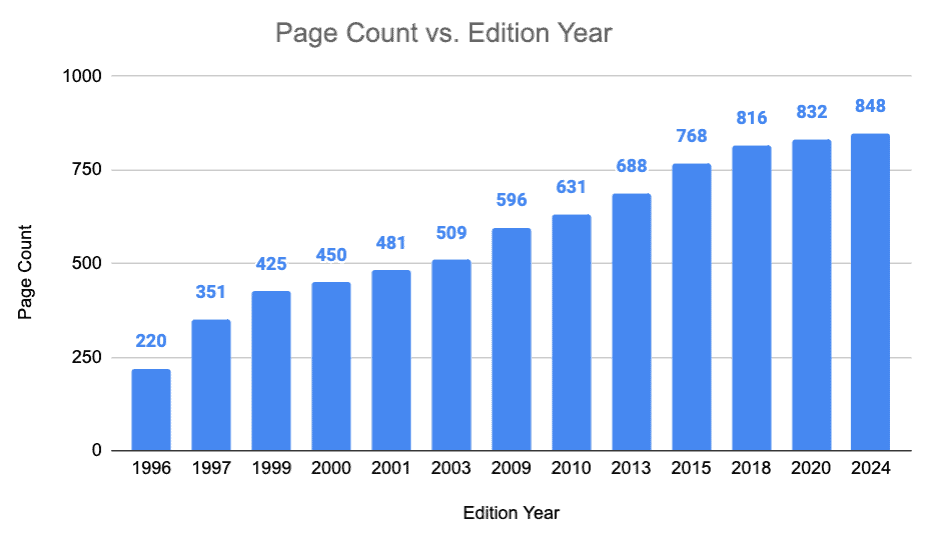
As a medical student preparing for the USMLE Step 1, you’ve undoubtedly heard about the legendary resource known as First Aid. This comprehensive study guide has become the go-to companion for countless aspiring physicians on their journey through the rigorous Step 1 preparation process. However, simply reading through First Aid cover to cover is not enough to guarantee success. To truly maximize your USMLE Step 1 performance, you must learn to use this powerful tool strategically and effectively.
In this article, we’ll delve into the top 3 mistakes students make when using First Aid and reveal insider tips to help you overcome these pitfalls and unlock the true potential of this renowned resource. Get ready to elevate your study sessions and set yourself on the path to USMLE Step 1 success.
Understanding the Origins of First Aid
To appreciate the value and purpose of First Aid, it’s essential to understand its unique origins. A group of enterprising Yale medical students, struggling with Step 1 themselves, decided to gather information from test-takers about the questions they encountered on the exam. They compiled this information into a book that became a compendium of the knowledge needed to answer those questions correctly.
It’s crucial to recognize that First Aid assumes a certain level of pre-existing knowledge and serves as a filter for the vast amount of information you could potentially be tested on. By focusing on the high-yield topics and concepts highlighted in First Aid, you can effectively narrow down the depth and breadth of material you need to master.
It’s important to recognize that First Aid is not a traditional textbook designed to teach you medical concepts from scratch. Unlike comprehensive resources that guide you through a subject from the ground up, First Aid assumes a foundation of knowledge and serves as a high-yield summary of the most frequently tested topics on the USMLE Step 1. As the book has grown over the years, expanding from a few hundred pages to over 800 pages, the amount of information presented can be overwhelming.
Mistake #1: Treating First Aid as a Memorization Tool
One of the most common mistakes students make is using First Aid as a mere collection of facts to memorize, rather than a guide to the concepts they need to learn deeply. To illustrate this point, let’s consider the example of epidural hematomas, a topic frequently covered in First Aid.
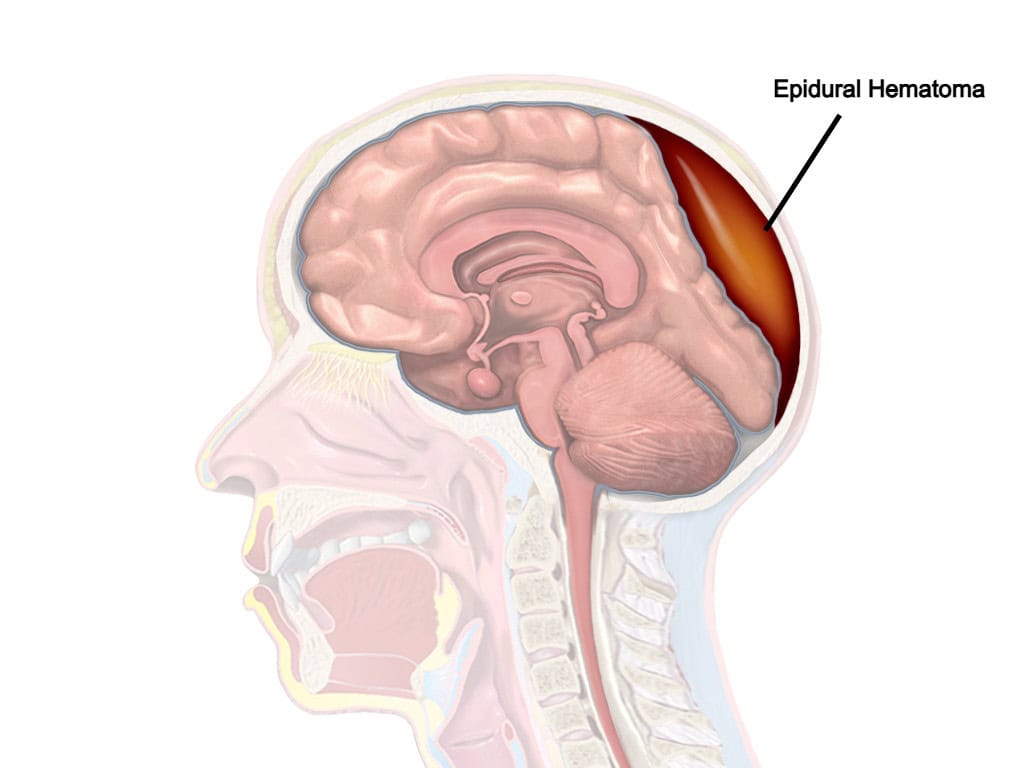
Epidural Hematoma
Instead of simply memorizing the associated signs and symptoms, take the time to understand the underlying anatomy and pathophysiology. Recognize that an epidural hematoma results from the rupture of the middle meningeal artery, a branch of the maxillary artery, often due to a skull fracture at the pterion.
Arteries have higher pressure and more resilient walls compared to veins, requiring more focal damage to rupture. This knowledge allows you to reason through the rapid deterioration seen in epidural hematomas, as the high-pressure arterial bleed expands the hematoma quickly.
Understanding the concepts behind the facts helps you tackle new questions and apply knowledge effectively on exam day.
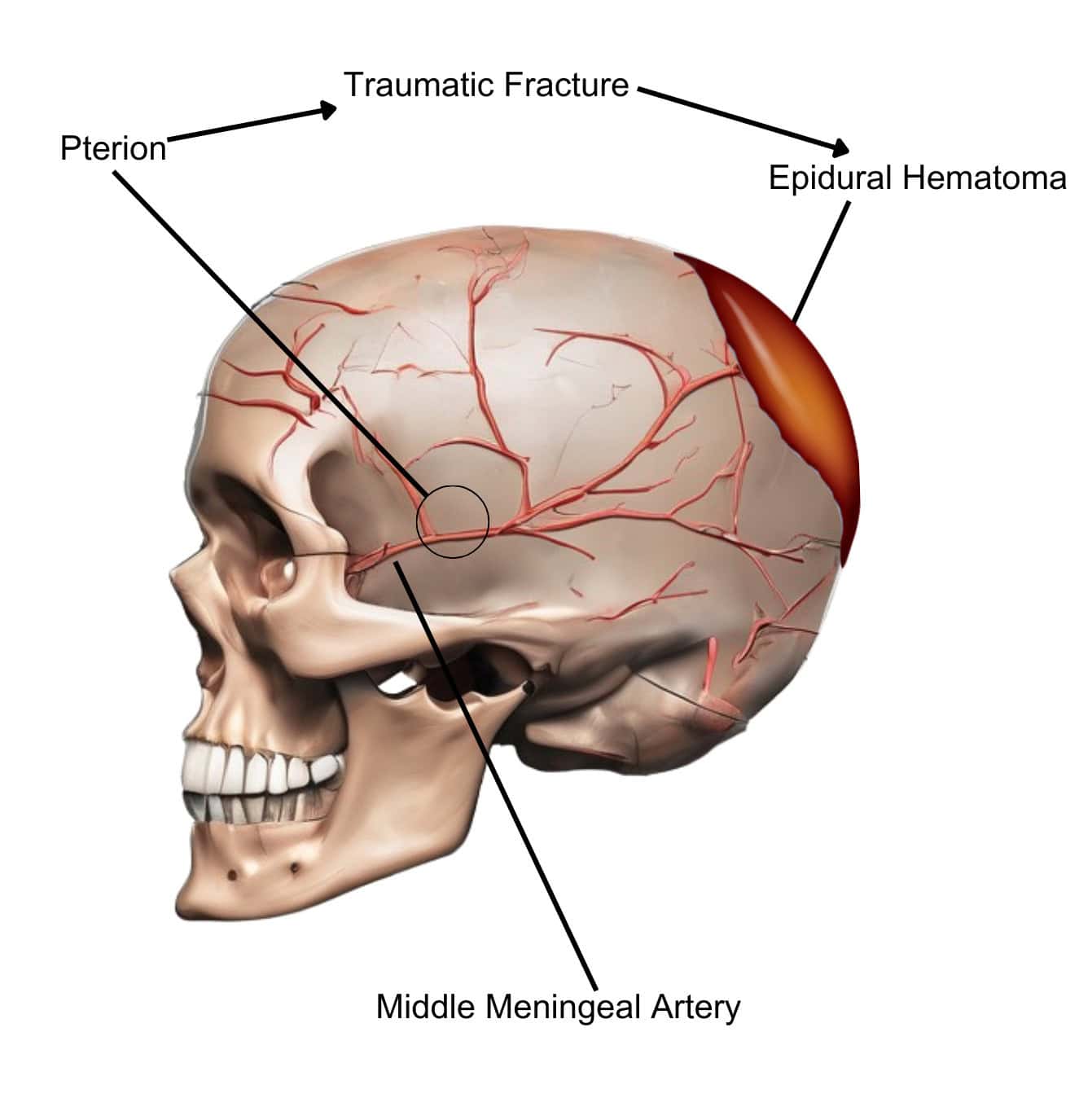
Epidural hematoma caused by a blow to the temporal bone (Pterion)
Mistake #2: Avoiding Practice Exams and Progress Monitoring
Another common mistake is using First Aid in isolation, without regularly assessing your progress through practice exams and questions. It’s natural to feel apprehensive about taking practice tests, fearing that low scores might damage your confidence. However, avoiding these assessments can allow problems to grow unnoticed until it’s too late.
To overcome this hurdle, commit to taking practice exams, such as the NBME exams, even before you feel fully prepared. By establishing a baseline and tracking your scores over time, you can identify areas of strength and weakness, adapt your study plan accordingly, and build the confidence and resilience needed to excel under pressure.
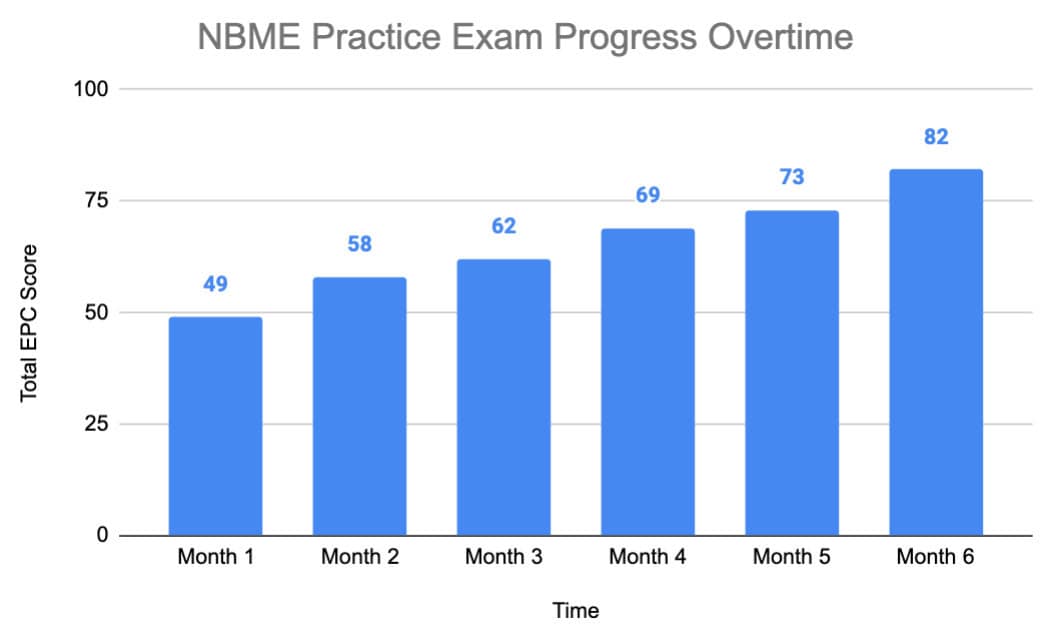
Readiness for Step 1 by tracking progress
Mistake #3: Relying Solely on First Aid
While First Aid is an invaluable resource, it should not be used in isolation. To maximize its impact, integrate first aid into a comprehensive study plan that includes various learning modalities and resources tailored to your individual needs.
Complement your First Aid studies with question banks, spaced repetition software, and targeted review materials that address your specific weaknesses. By creating a personalized study plan that leverages the strengths of First Aid and fills in its gaps, you’ll be well-positioned for USMLE Step 1 success.
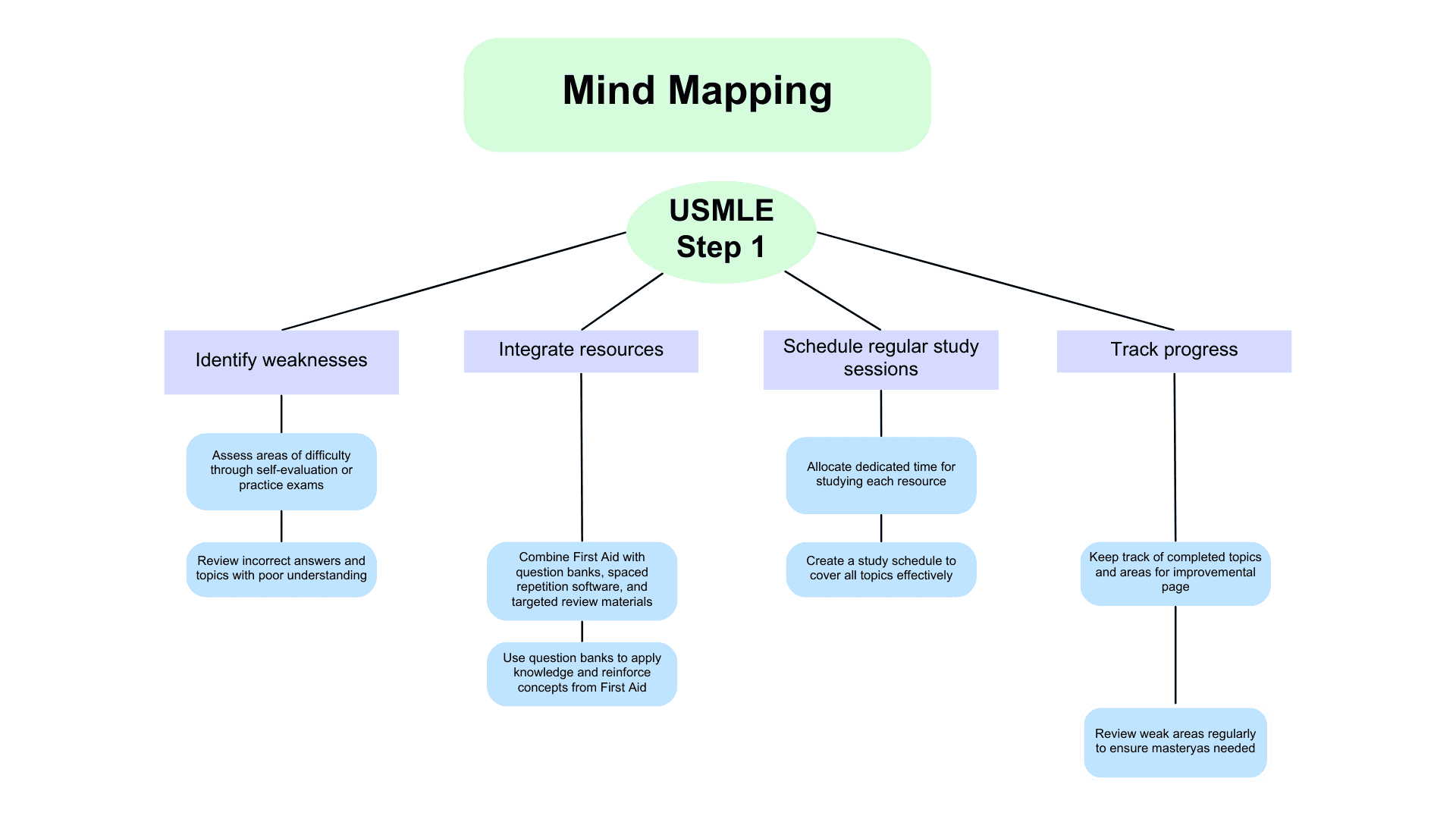
Complementing First Aid with other techniques for USMLE Step 1 preparation
Concluding Thoughts
Mastering the art of using First Aid effectively is key to achieving your desired score on the USMLE Step 1. By understanding its origins, focusing on conceptual learning, embracing regular practice and progress monitoring, and integrating First Aid into a holistic study plan, you’ll be well on your way to maximizing your performance.
Success on the USMLE Step 1 depends not only on having First Aid but also on knowing how to use it strategically. Embrace the challenges, learn from your mistakes, and stay committed to your goals. With dedication and the right approach, you can harness the power of First Aid and take a significant step toward mastering USMLE Step 1.

